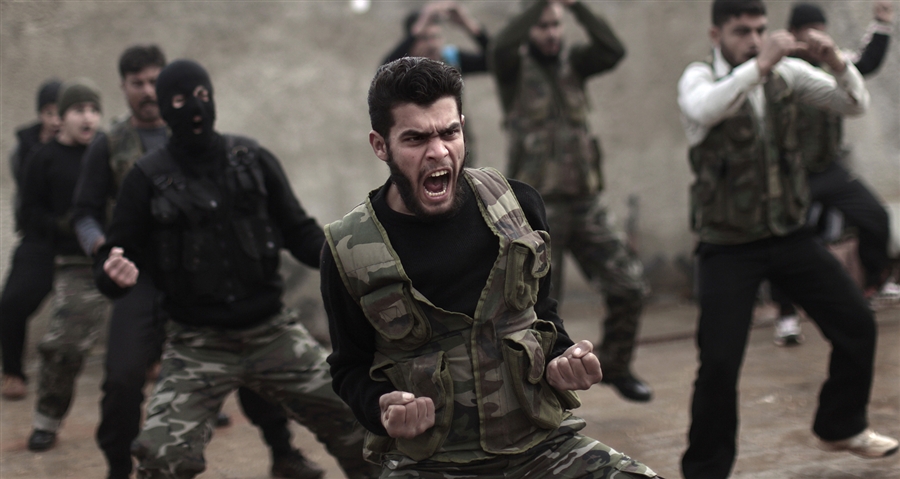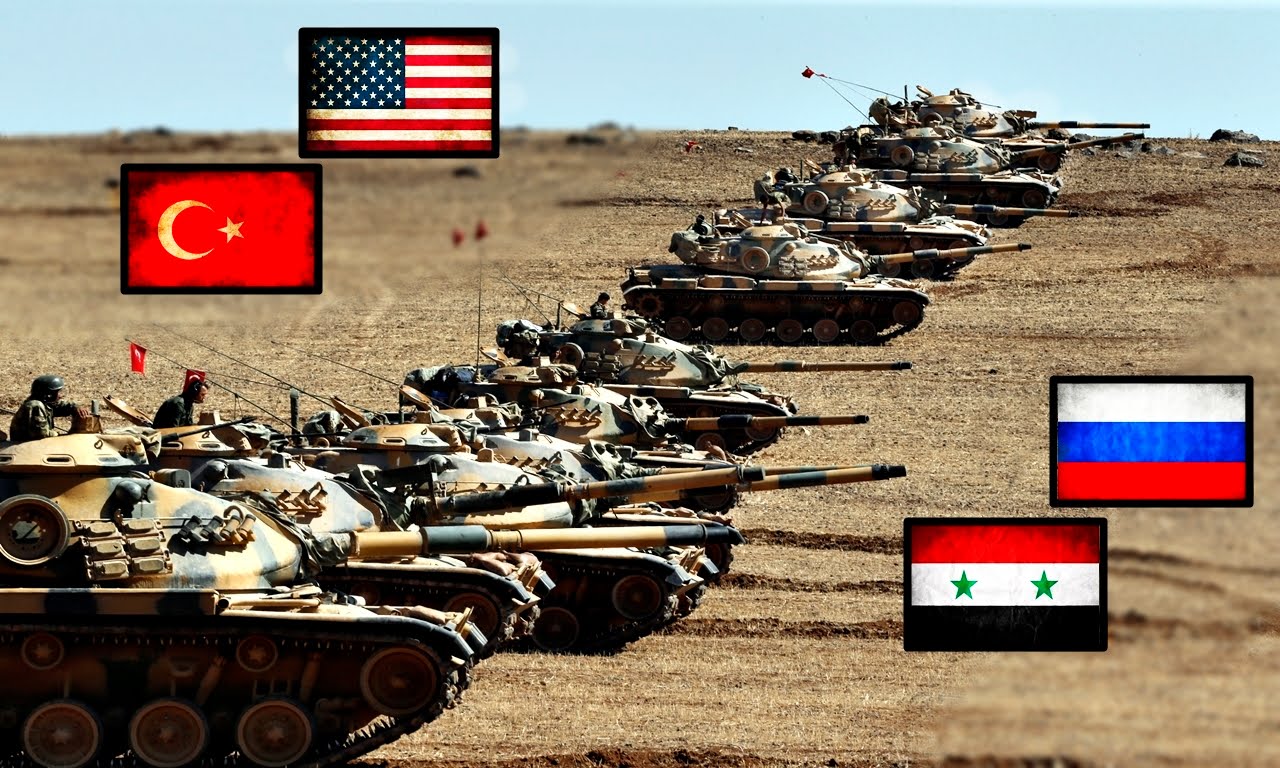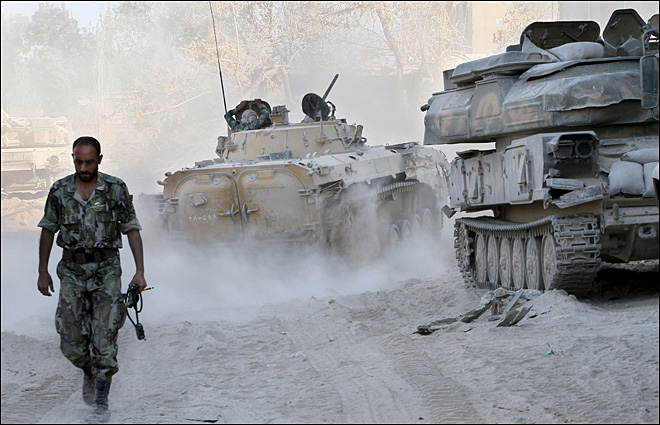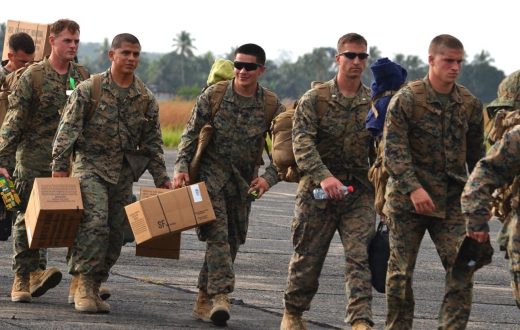Washington launched 59 precision-guided missiles April 6 at loyalist-controlled Shayrat air base, southeast of Homs city, Syria. The base housed the two squadrons of Syria’s Su-22 ground attack aircraft that were believe to have taken part in an April 4 chemical weapons attack on rebel-held territory in the town of Khan Shaykhun in Idlib province. That attack resulted in the deaths of at least 88 civilians and brought harsh condemnation from U.S. President Donald Trump.
In weighing his initial options to respond, the U.S. president was presented with the choice of a punitive strike to deter further action or a significant attempt to degrade the Syrian chemical weapons arsenal and its delivery methods. Former President Barack Obama faced a similar array of choices following the 2013 Eastern Ghouta chemical weapons attack. The entry of Russia into the Syrian conflict in 2015, however, altered the strategic picture for a U.S. strike in Syria and limited Trump’s options.
The Trump administration’s ultimate decision to strike only one air base signals that the attack is merely a warning and not intended to be the opening salvo in a major intervention. In order to prevent Russian casualties, Washington reportedly communicated with Moscow in advance of the strike. Since 2013, Russia has been trying to use the Syrian civil war as leverage in its negotiations with the United States on other issues. The Kremlin will now try to use the heightened risk of U.S.-Russia entanglements on the battlefield to try to coax Washington to resume talks. Nevertheless, the current geopolitical climate is hardly conducive to a bargain between the two.
Already, signs of increasing tension between the United States and Russia have surfaced. The U.S. Department of Defense announced April 7 that it is looking into Russian involvement in the Khan Shaykhun bombing. And there has been a back and forth over the deconfliction channel between Washington and Moscow meant to prevent confrontations on the Syrian battlefield.
Washington is gearing up to launch an offensive on the Islamic State’s stronghold in Raqqa, a mission that could get sidetracked if Russian aircraft fly over the area. U.S. aircraft would have to take steps to avoid them, whether by changing course or aborting their missions.
This article is a repost from Stratfor : https://www.stratfor.com/image/examining-us-missile-strikes-syria







